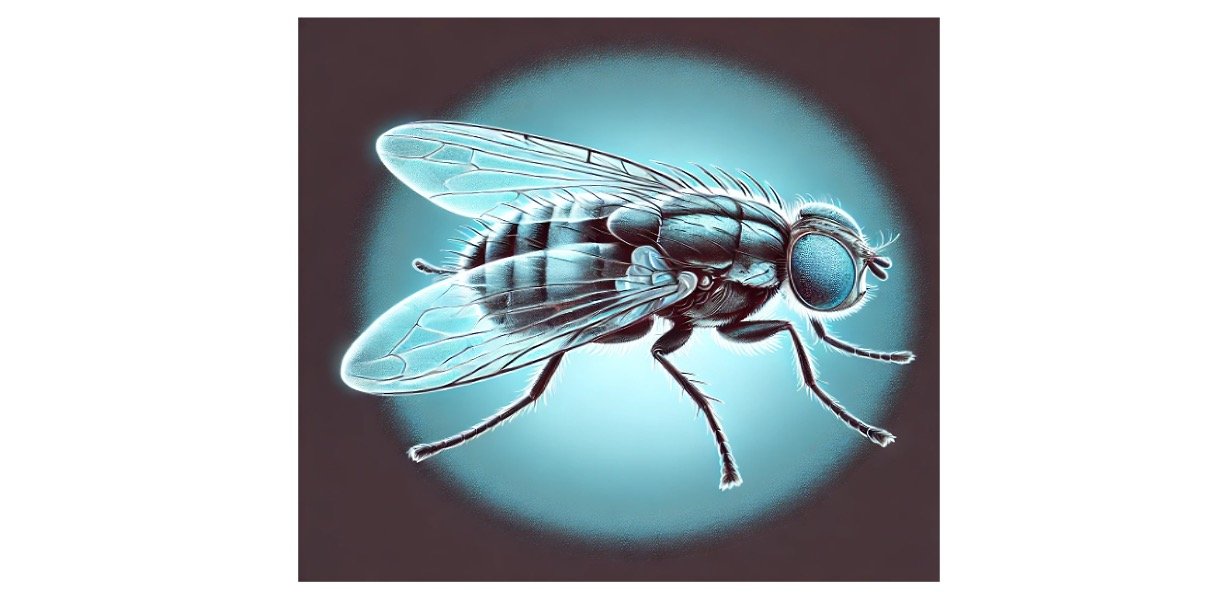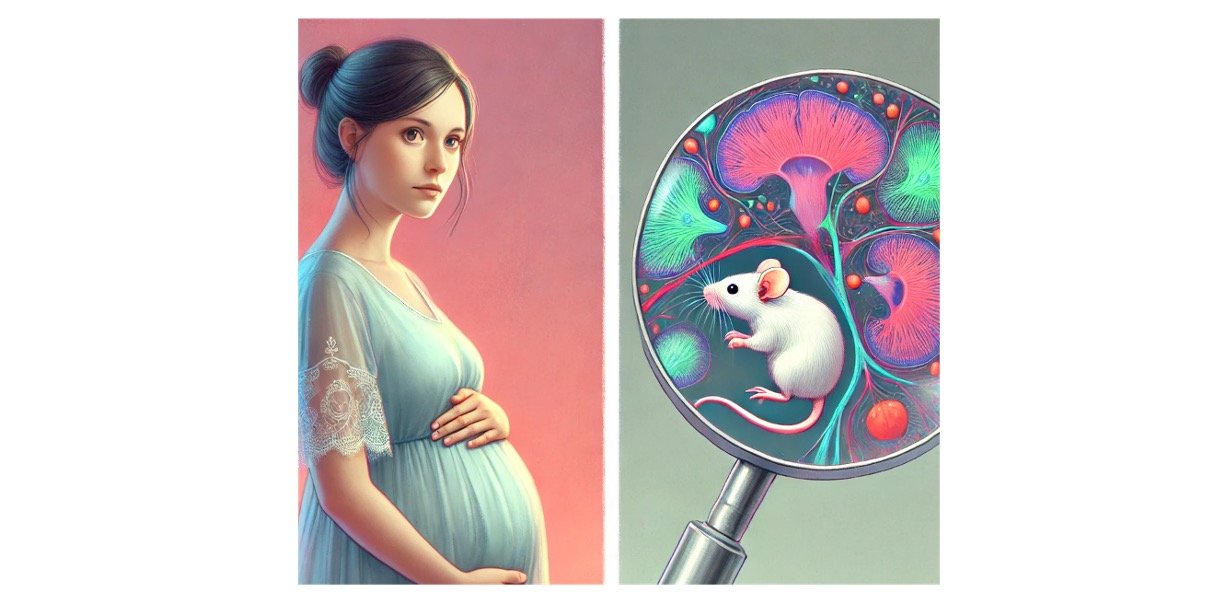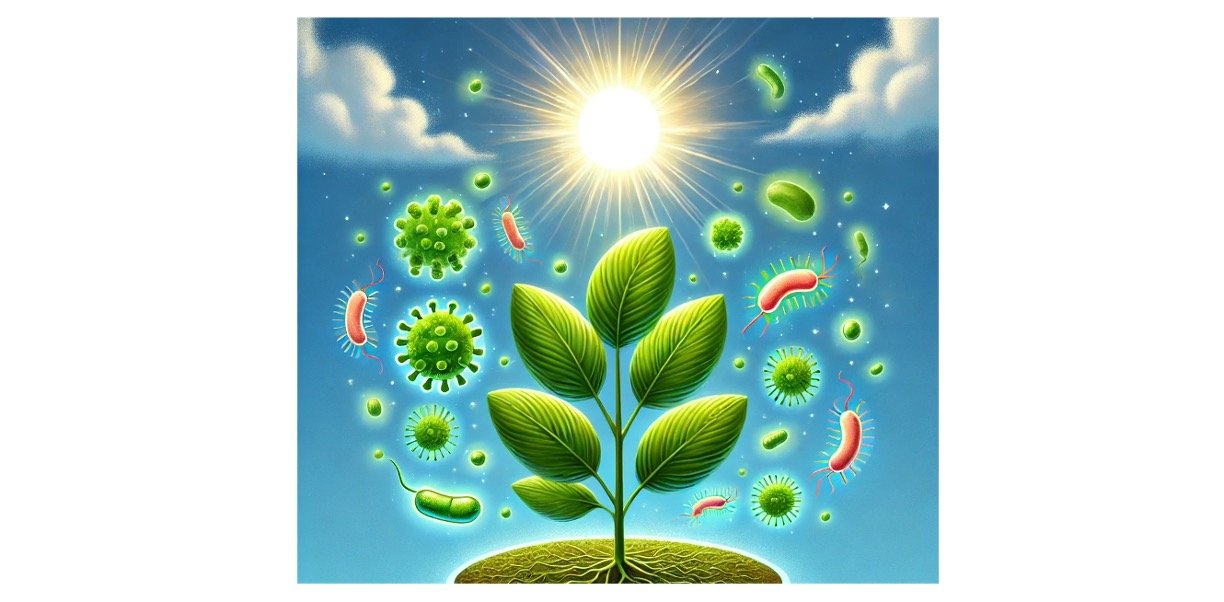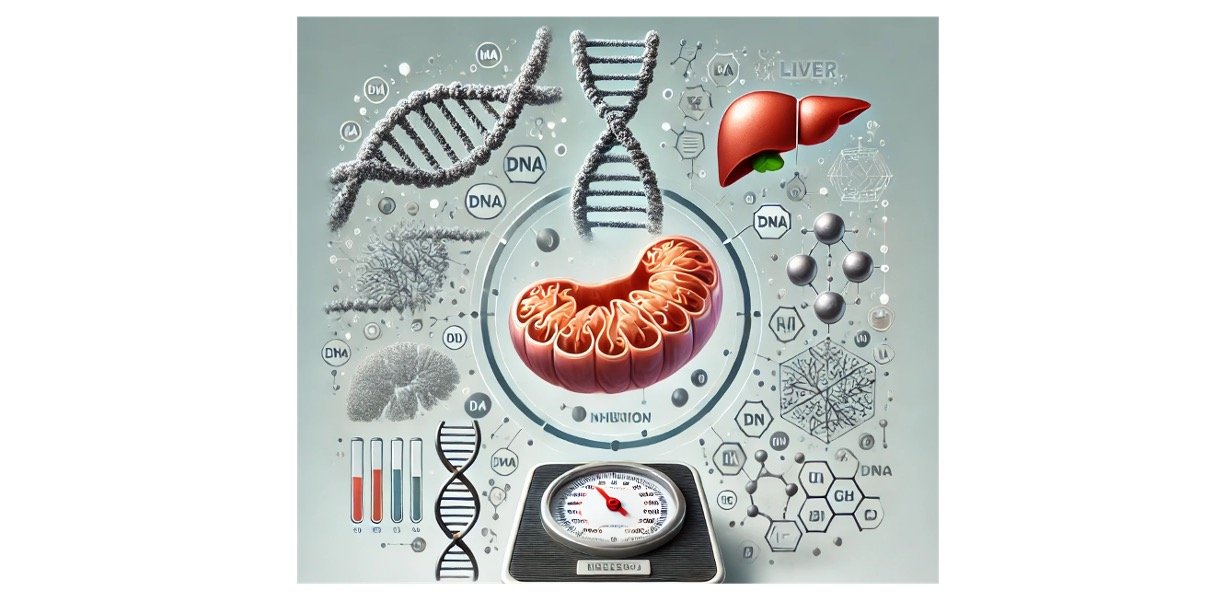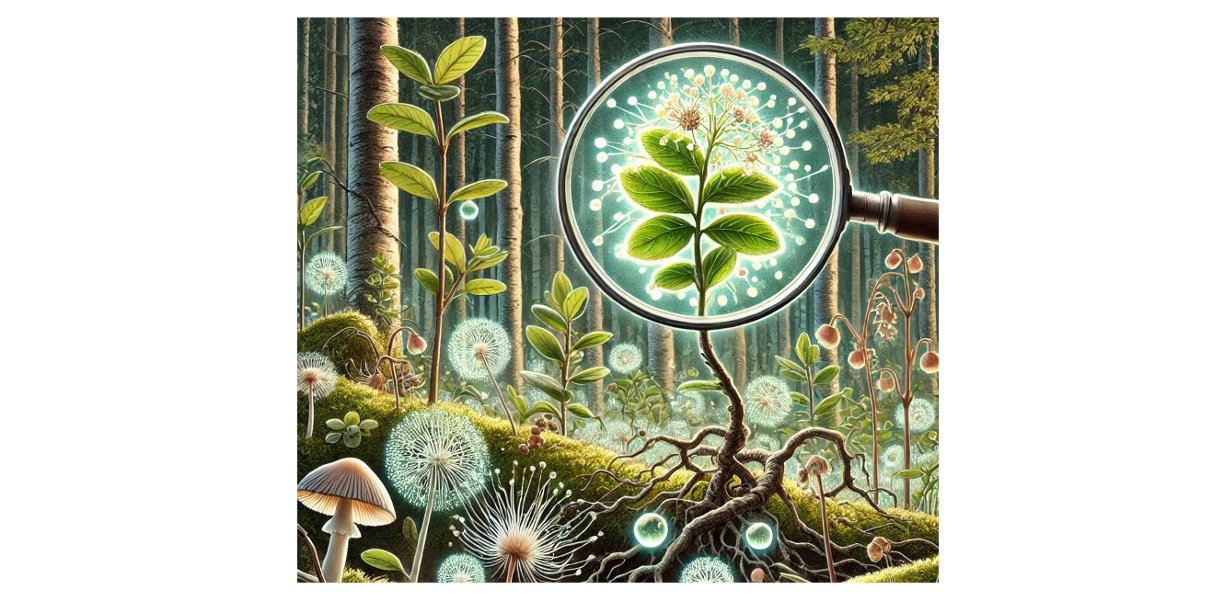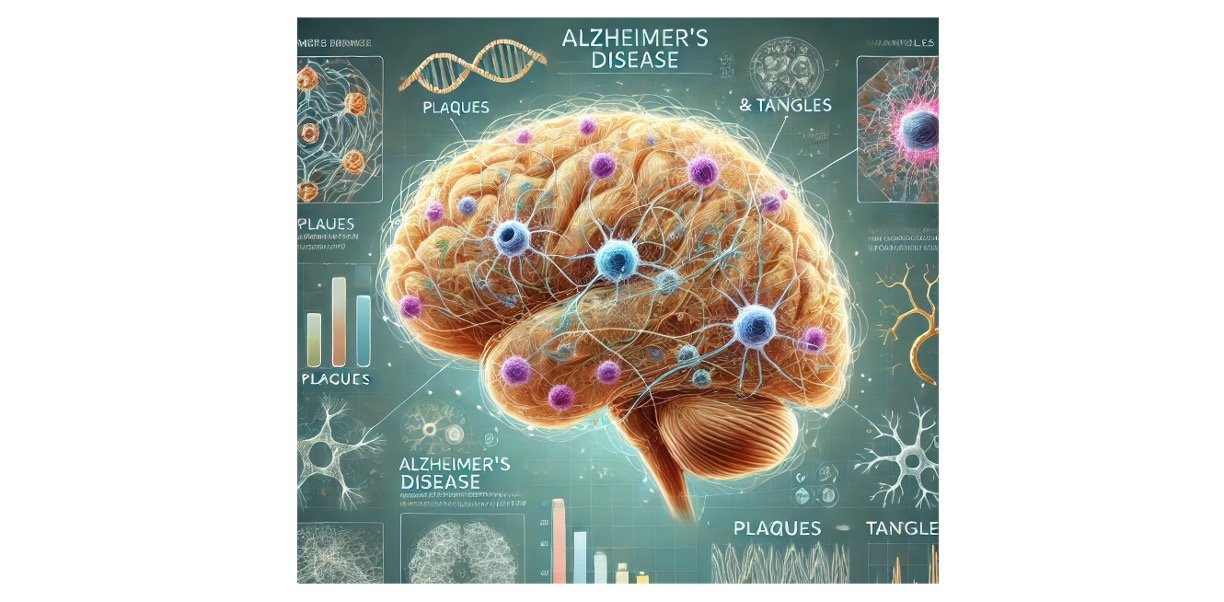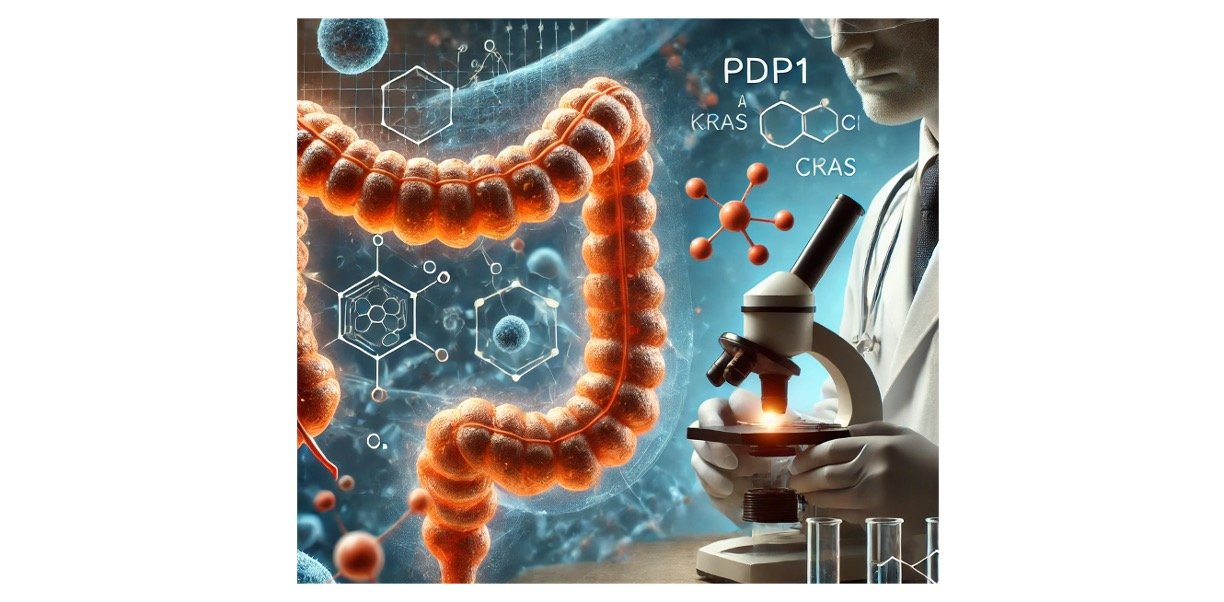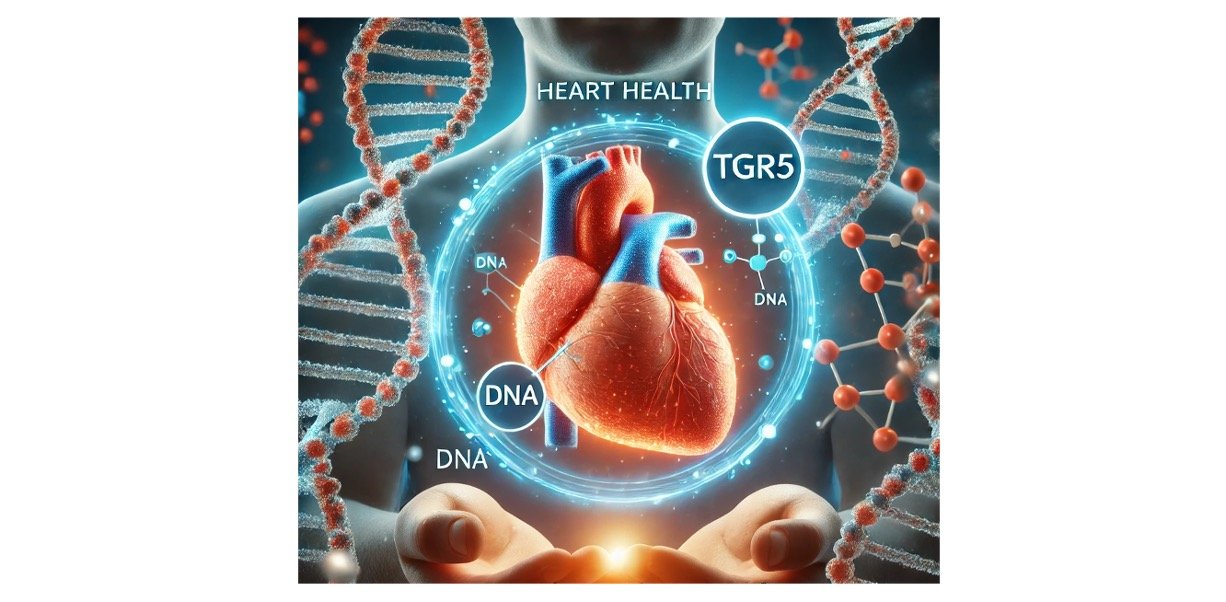Table of Contents
Diploid Definition
The word diploid originates from a Greek word, which can be broken into two word “di” meaning two and “ploidy” means the chromosome set present within the cell. thus, diploid means there are two set of similar chromosome, each coming from the parent cell.
The chromosome are similar as they possess traits which are obtained from the parent and similar case is seen in humans, where they obtain genes from parents. As diploid means two set of chromosomes, haploid comprises of one set of chromosome.
Example of haploid cell are sex cells which come together and form a zygote which is diploid. Example of diploid cell are somatic cell. thus, humans have 2 cell types and they are; somatic and sex cell. the chromosome number is “2n” in diploid and “n” in haploid.
Ploidy
Depending on the number of set of chromosome present, they can be categorized. This is called as ploidy. Those are termed as polyploidy which contain either three set or more than that.
In silkworms, there are 10,48,576 ploidy, whereas in human it is deadly and can result in complication in the pregnancy and has to be terminated. Visibility of an extra chromosome can result in a condition which is aneuploidy observed in humans, resulting in disorder such as trisomy 21 or Down syndrome, trisomy 18 or Edwards syndrome and trisomy 13 which is Patau syndrome.
In monosomy, chromosomes are absent, example is Turner syndrome, where female lack chromosome or is dysfunctional. Polyploidy occurs in plants and not in higher animals. Example are African frog, potato, rat in which polyploidy is observed.
In heptaploid, seven chromosome sets are observed. In hexaploidy six sets of chromosomes, five set of chromosomes in pentaploidy, four sets in tetraploidy, three sets in triploidy, in diploid two sets of chromosome and in haploid one set of chromosome.
Humans have a pair of 23 chromosomes, thus 2n = 46. These 23 can be further divided into 22 somatic cell and one sex cell. all the cells in the human body are diploid except the sex cell which consist of egg and sperm and are haploid, with 23 chromosomes. However, these sex cells when fuses they form a zygote which is diploid. Thus, the chromosome number remains stable.
For the formation of sex which are haploid, meiosis occurs and when these sex will tur to diploid after which they will undergo mitosis. Meiosis takes place to form four daughter cell, with each daughter having half chromosome from the parent cell. formation of two daughter cell, where each one contain similar chromosome number. Example are the bees, ants which are developed from meiosis and are known as haploid organism.
Haploid cell possess one chromosome set, whereas the diploid has two sets. Diploid cells further undergo mitosis and haploid cells are formed by meiosis. Example of diploid are somatic cell and that of haploid are sex cells. The daughter cells formed in meiosis are not similar to the parent, whereas in mitosis daughter cells are identical. Eggs and sperm are haploid and skin cells are diploid.
Diploid Examples
There are 23 pair of chromosomes in human which means 46 chromosome in total. Earthworm possess 18 chromosome pair and dogs have 39 chromosome pair, thus 78 chromosomes. There is just a single chromosome in E. coli, animals cannot change from haploid through diploid but plants ae capable to do so and is called as alternation of generation. Example is during gamete formation, plants are haploid and during spore production, diploid. Viruses are also diploid as they possess two RNA.
Biological Importance of Diploid
It is said that there are high mutations probability in diploid than in haploid which is because of more chromosome, thus doubling it in diploids. Although these mutations will affect those diploid cells which are surviving through difficulty, but diploids have better thriving rate than the haploid, thus if a haploid cell gets mutated it comes into action at that possible time and in diploid, they are effective when they are heterozygous.
Mutations can be hold on to in haploids than in diploids, thus diploids are quite adapted when changes are occurring due to mutation, however, haploids are better adapted when changes are due to natural selection.
Diploid Citations
- Diploid sperm and the origin of triploidy. Hum Reprod . 2002 Jan;17(1):5-7.
- Physiological polyspermy: Selection of a sperm nucleus for the development of diploid genomes in amphibians. Mol Reprod Dev . 2020 Mar;87(3):358-369.
- Unzipping haplotypes in diploid and polyploid genomes. Comput Struct Biotechnol J . 2019 Dec 9;18:66-72.
Share




